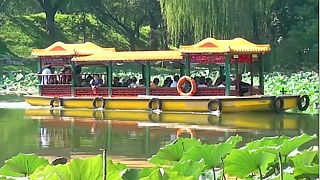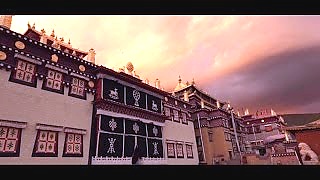 A visit to the beautiful EnShi Grand Canyon 恩施大峡谷景区
A visit to the beautiful EnShi Grand Canyon 恩施大峡谷景区
[640],shadow=true,start=70,stop=
The beautiful MuFu Grand Canyon, near EnShi in the west of HuBei province has some spectacular scenery that can be observed from high level cliff side paths.
The area is home to the TuJia and Miao minorities.
HuBei map

Related Videos
Featured Videos

|
With Walking East ...
|

|
With Walk East ...
|

|
From the ashes of Western imperialism, the first Summer Palace, close by the 'new' Summer Palace (YiHeYuan), is still an enchanting place of natural beauty and Chinese garden arts ...
|

|
A beautiful region of wonderful landscapes and with a part Tibetan population in north west YunNan province ...
|

|
With Brenna (and her crew - Chance, Emry and Wynnie).
What is life ? Life is a Chance (opportunity), go for it (tomorrow may never be the same). One has only one time to live one's dream ...
With Living Asian ...
|

|
We need to upgrade our server around the 23rd November which might entail some downtime for our website - maybe hours, maybe days. So, if at that time we are not loading, don't panic, as we will be back as soon as possible.
Anyone out there who knows about PHP and fixing old code (partly WordPress), do let us know if you can lend a hand.
As always, a big thank you to all our visitors; let's get to 20 years of BB ! : )
|

|
Illusion and control. 'Democracy' allows elite rule, with your consent; its about empire.
Don't you just hate being lied to ?
With The New Atlas - don't miss it ...
"A relentless propaganda war is being waged by the US and its allies against China in a desperate bid to maintain Western hegemony and obstruct the rise of China and Eurasia."
|
Tag search ?

 A visit to the beautiful EnShi Grand Canyon 恩施大峡谷景区
A visit to the beautiful EnShi Grand Canyon 恩施大峡谷景区
 A visit to the beautiful EnShi Grand Canyon 恩施大峡谷景区
A visit to the beautiful EnShi Grand Canyon 恩施大峡谷景区





